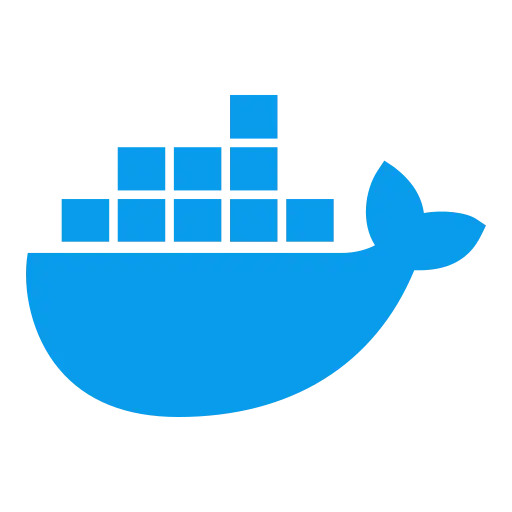Docker

Docker revolutionized application development and deployment by introducing a lightweight, portable containerization platform that packages applications with their dependencies into standardized units called containers. Released as an open-source project in 2013, Docker quickly became the industry standard for containerization, addressing the age-old challenge of “it works on my machine” by ensuring consistency across development, testing, and production environments. Docker containers encapsulate everything needed to run an application—code, runtime, system tools, libraries, and settings—in an isolated environment that remains consistent regardless of the underlying infrastructure. This approach dramatically simplifies application deployment while improving resource utilization compared to traditional virtualization technologies, as containers share the host system’s kernel and start almost instantly without the overhead of booting an entire operating system.
Docker’s tight integration with Linux makes it an especially powerful tool for organizations utilizing Linux-based infrastructure. The technology leverages key Linux kernel features, including namespaces for process isolation and control groups (cgroups) for resource allocation, to create lightweight containers that perform exceptionally well on Linux systems. Docker’s command-line interface provides intuitive tools for building, shipping, and running containers, while Docker Compose enables defining and running multi-container applications through simple YAML configuration files. The Docker ecosystem has expanded to include a rich set of supporting technologies, such as Docker Swarm for container orchestration, Docker Registry for storing and distributing container images, and Docker Content Trust for image signing and verification. For Linux environments, Docker offers seamless integration with existing system management tools, monitoring solutions, and security frameworks, allowing organizations to incorporate containers into their infrastructure while maintaining operational consistency and security compliance.
Advantages
- Application isolation ensures consistent behavior across diverse environments, eliminating “works on my machine” problems and simplifying the software delivery process
- Efficient resource utilization compared to virtual machines, with containers sharing the host kernel and consuming significantly less memory and CPU overhead
- Rapid deployment with lightweight containers that start in seconds or even milliseconds, enabling highly responsive scaling and faster development cycles
- Immutable infrastructure approach improves reliability and simplifies rollbacks by treating containers as unchangeable units that are replaced rather than modified
- Extensive ecosystem of pre-built container images for common applications and services accelerates development by providing ready-to-use components
Risks
- Container security requires special attention, as containers share the host kernel and potentially introduce new attack vectors if not properly configured and monitored
- Persistent data management introduces complexity, requiring careful design considerations for stateful applications that need to maintain data across container lifecycles
- Networking complexity increases with containerized applications, particularly in large-scale or multi-host deployments that require advanced networking configurations
- Image management challenges emerge as organizations accumulate container images over time, potentially leading to sprawl, versioning issues, and increased storage costs
- Organizational and workflow changes may be necessary to fully realize the benefits of containerization, requiring adjustments to development practices and operational processes
